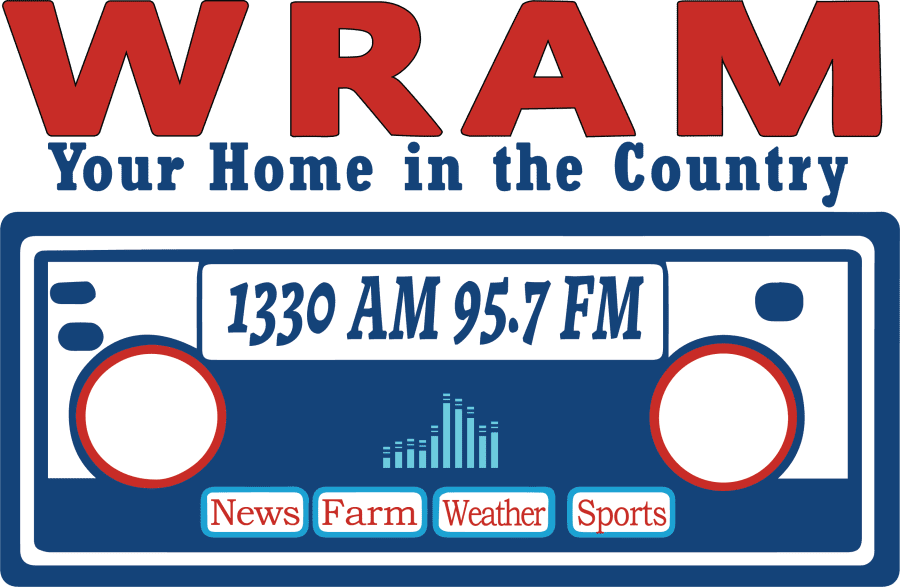U.S. Department of Agriculture Secretary Tom Vilsack announced major steps to promote the health of America’s children through school meals. Nutrition standards for school meals will be gradually updated to include less sugar and greater flexibility with menu planning between Fall 2025 and Fall 2027. The Department arrived at these changes after listening closely to public feedback and considering the latest science-based recommendations from the Dietary Guidelines for Americans. The new rule continues the work of the Biden-Harris Administration to address both food and nutrition security.
K-12 schools serve nutritious breakfasts and lunches to nearly 30 million children every school day. These meals are the main source of nutrition for more than half of these children and help improve child health.
“We all share the goal of helping children reach their full potential,” said Agriculture Secretary Tom Vilsack. “Like teachers, classrooms, books, and computers, nutritious school meals are an essential part of the school environment, and when we raise the bar for school meals, it empowers our kids to achieve greater success inside and outside of the classroom. Expanding on this major milestone, the Biden-Harris Administration will continue to partner with schools, districts, states, and industry to build on the extraordinary progress made to strengthen school meals.”
The final rule previewed today, is a significant step toward advancing the Administration’s national strategy to end hunger and reduce diet-related disease by 2030 set forth at the historic White House Conference on Hunger, Nutrition and Health in September 2022.
“The new standards build on the great progress that school meals have made already and address remaining challenges – including reducing sugar in school breakfasts. These updates also make it easier for schools to access locally sourced products, benefiting both schools and the local economy,” said USDA’s Food and Nutrition Service Administrator Cindy Long.
Key updates to the nutrition standards to support healthy kids include:
Added Sugars
- For the first time, added sugars will be limited in school meals nationwide, with small changes happening by Fall 2025 and full implementation by Fall 2027. USDA heard concerns from parents and teachers about excessive amounts of added sugars in some foods, which factored into this new limit. Research shows that these added sugars are most commonly found in typical school breakfast items. Child care operators will also begin limiting added sugars in cereals and yogurts – rather than total sugars – by Fall 2025.
Milk
- Schools can continue to offer flavored and unflavored milk, which provide essential nutrients that children need, such as calcium, vitamin D and potassium. There will be a new limit on added sugars in flavored milk served at breakfast and lunch by Fall 2025. Thirty-seven school milk processors – representing more than 90% of the school milk volume nationwide – have already committed to providing nutritious school milk options that meet this limit on added sugars.
Sodium
- Schools will need to slightly reduce sodium content in their meals by Fall 2027. In response to public comments, USDA is only requiring one sodium reduction, and not the three incremental reductions that were proposed last year. This change still moves our children in the right direction and gives schools and industry the lead time they need to prepare. The sodium limits in this final rule will be familiar to schools, as they were supported by leading school nutrition and industry stakeholders during previous rulemaking activities in 2017 and 2018.
Whole Grains
- Current nutrition standards for whole grains will not change. Schools will continue to offer students a variety of nutrient-rich whole grains and have the option to offer some enriched grains to meet students’ cultural and taste preferences.
Supporting Other Food Preferences
- While not a new requirement, starting in Fall 2024 it will be easier for schools to serve protein-rich breakfast foods such as yogurt, tofu, eggs, nuts, and seeds, which can help reduce sugary food options, while also supporting vegetarian diets and other food preferences.
Supporting Local Food Purchases
- Also starting in Fall 2024, schools have the option to require unprocessed agricultural products to be locally grown, raised or caught when making purchases for school meal programs, making it easier for schools to buy local foods.
- Additionally, starting in Fall 2025, schools will have limits on the percentage of non-domestic grown and produced foods they can purchase, which will enhance the role of American farmers, producers, fishers, and ranchers in providing nutritious foods to schools.
For more information about how school meals will be strengthened, see these resources:
What’s Staying the Same
School meals will continue to emphasize fruits and vegetables; whole grains; and give kids the right balance of many nutrients for healthy, tasty meals. School nutrition professionals are local experts in their communities and will continue serving meals that their students want to eat, while also prioritizing cultural and religious food preferences.
Nutritious School Meals Are Invaluable to Everyday Families
- “Free breakfast lunches that my grandkids eat at school are huge relief,” said MomsRising member Mary Beth Cochran, a disabled homemaker raising four grandkids in Canton, North Carolina. “Honestly, I don’t know what we would do without school meals. It gives me so much peace of mind to know that no matter what the kids will eat two balanced meals five days a week at school. So, I’m thrilled the USDA is taking action to raise nutrition standards for school meals. As a grandmother I’ll move mountains to make sure my grandkids get the healthy food they need to learn and grow. I’m proud to support this rule because I know it will make a real difference for the health and well-being of families like mine.”
School Districts Empowered to Meet Updated Standards
The announcement comes a few weeks after the Spring 2024 Heathy Meals Summit in St. Louis, Mo., where hundreds of school nutrition professionals gathered to celebrate and share their innovative efforts to enhance the nutritional quality of school meals. As part of USDA’s Healthy Meals Incentives Initiative, 264 small and rural school districts each received up to $150,000 to equip them with the resources to improve their meal service operations and help them meet these updated nutrition standards.
Through the School Food System Transformation Challenge Grants, the initiative is also supporting innovation in the school meals market by increasing collaboration between schools, food producers and suppliers, and other partners.
Food Industry is Answering the Call to Produce Nutritious School Foods
- “Prior to the Healthy Hunger Free Kids Act, my company JTM food group began reformulating our K 12 product offerings to reduce sodium. During COVID, we continued our R&D efforts in reviewing formulations, especially in our cheese and items to further reduce the sodium in anticipation of the new meal pattern,” said Carole Erb, JTM Executive Director of Education and Governmental Sales. “JTM team members have collaborated in bringing to the market reduced sodium products that will meet the new meal pattern today. We are ready to continue supporting all food service directors across the country and the important work that they and their staff are doing, feeding America’s children and nourishing the nation.”
- “As a mom and an industry member I think it’s important to reduce sugar in school meals. To help schools, we created a sample menu showing how our products fit with the updated standards. We’ve also reduced added sugar by using high quality natural ingredients that ensure our baked goods are healthy and delicious,” said Laura Trujillo Bruno, RDN, SNS, President of Buena Vista Foods.
More Support from a School Nutrition Professional
- “The nutrition standards give us a framework to build on and help us know that the meals we’re serving are nutritious for our students. The standards help us create equity and healthy portfolio by ensuring that all kids receive healthy meals at school. And in fact, we know that school cafeterias are the healthiest places that Americans eat,” said Boston Public Schools Executive Director for Food and Nutrition Anneliese Tanner. “In Boston Public Schools we’ve already been moving in this direction we have the same added sugar limits in place and reduce sodium in our menus and we have for many years. So, complying with the new regulations is totally doable. There’s a long implementation runway for others to move in this direction as well.”
***Courtesy of the U.S. Department of Agriculture***







